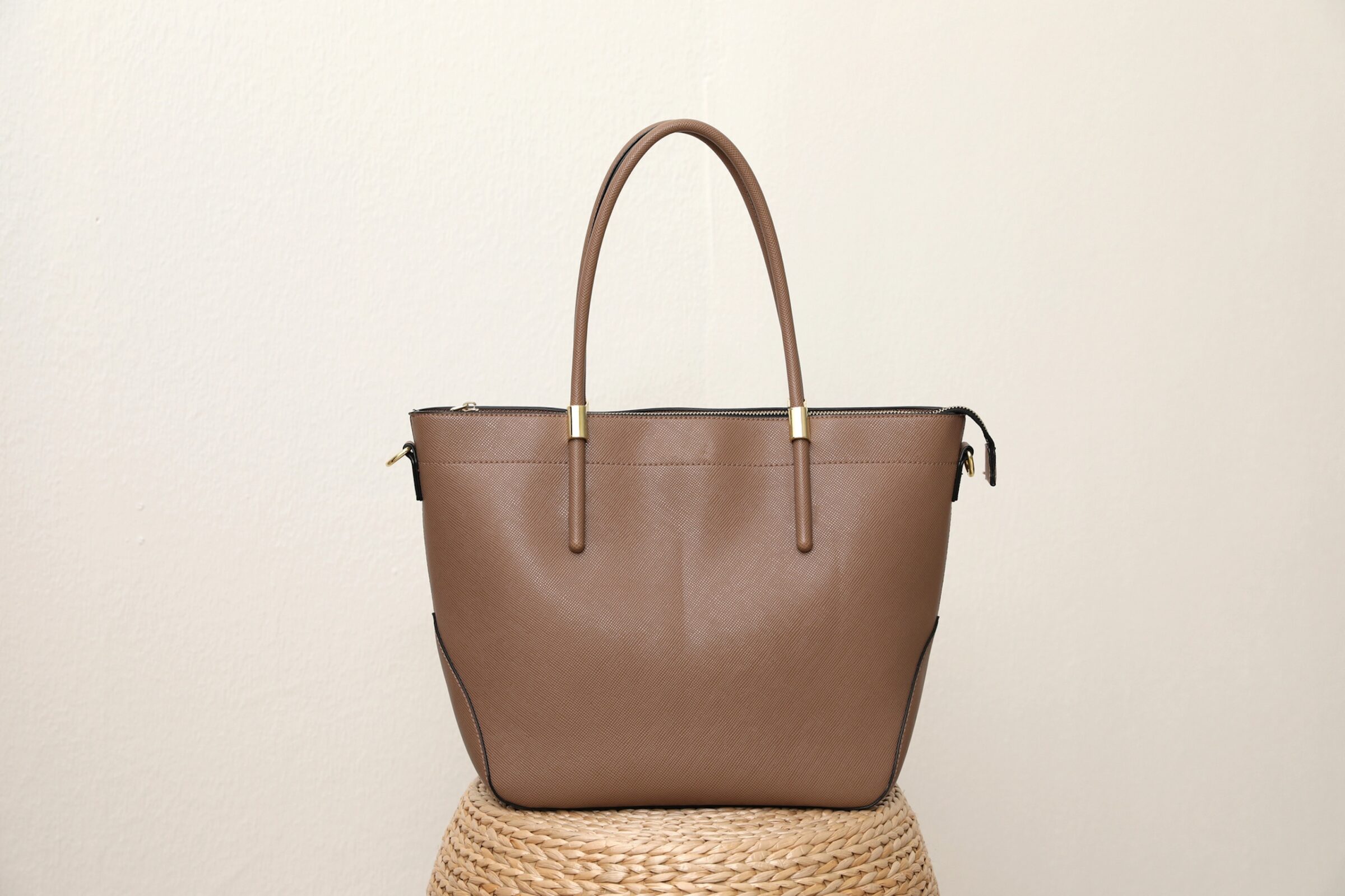Travelling overseas is exciting, but money mistakes can ruin a trip… fast. That’s why I’ve created this complete financial travel checklist—a 32-step guide to keep your money safe and stress-free from planning to post-trip.
Over 20 years of travel, I’ve navigated everything from cash-only islands to card-only cities, and I’ve seen how quickly things can go wrong without the right prep.
This guide pulls together the latest systems for 2025, acting as your go-to checklist before going overseas.
Read, download, and enjoy!
Financial Travel Checklist: Pre-Travel
Getting your money organised before you travel isn’t exactly the fun part of planning, but it’s the part that saves you stress later. This pre-travel section covers the essential things to tick off in advance so your holiday starts smoothly.
One Month Prior To Departure:
1. Establish Your Travel Money System
This one is a big one. Don’t rely on one card or one payment method. Mix it up with a few options.
- Take the card you booked big-ticket items or accommodation with. You might need it for refunds or check-ins.
- Make sure you have a card with no foreign transaction fees as your main card—those little percentages add up fast.
- Carry a no-fee ATM card so you’re not charged every time you grab cash. Ask your bank first.
Write a quick list of every card you’ll take, then have it ready for packing time.
👉 Want the full lowdown on money systems for travel? Check out my guide on carrying money overseas.
💡 House of Doust Real-Life Reminder
We’ve learned these lessons the hard way:
- When we were in Egypt, ready for an ATV tour, the ATM ate my card. We had no backup and had to borrow money from a friend in our group. Not fun, and very inconvenient to replace the card while overseas. Always pack a spare.
- In Europe, we also discovered that not everywhere accepts Mastercard. Both our cards were Mastercards, and what we really needed was a Visa alternative. Carrying one of each saves you in those sticky situations.

2. Check Over Cards
Pull out your bank or credit cards and give them a quick once-over (not a cleaning ‘once-over’, a read ‘once-over’).
- Check expiry dates. Expiring mid-trip = nightmare.
- Order replacements now if needed.
- If new, activate your cards before you go. There’s nothing like standing at an Italian gelato counter with a “declined” card and a line of tourists behind you waiting.
3. Organise A Travel Wallet
This one’s underrated. A dedicated travel wallet keeps everything tidy and organised.
- Everyday wallets stretch over time, meaning cards slip out more easily (cue the mini heart attack).
- Choose one that’s waterproof and RFID-protected.
- Transfer only what you’ll need: bank cards, licence or ID, and a small amount of cash.
4. Exchange Foreign Currency
A little cash goes a long way on arrival day.
- Get some local currency of your destination from your bank, post office, or order online before you go.
- You only need enough to cover little emergencies or small payments—like a taxi, food, or tipping your kids for not fighting (kidding… mostly).
- Avoid changing money at the airport. Rates there are daylight robbery in disguise.
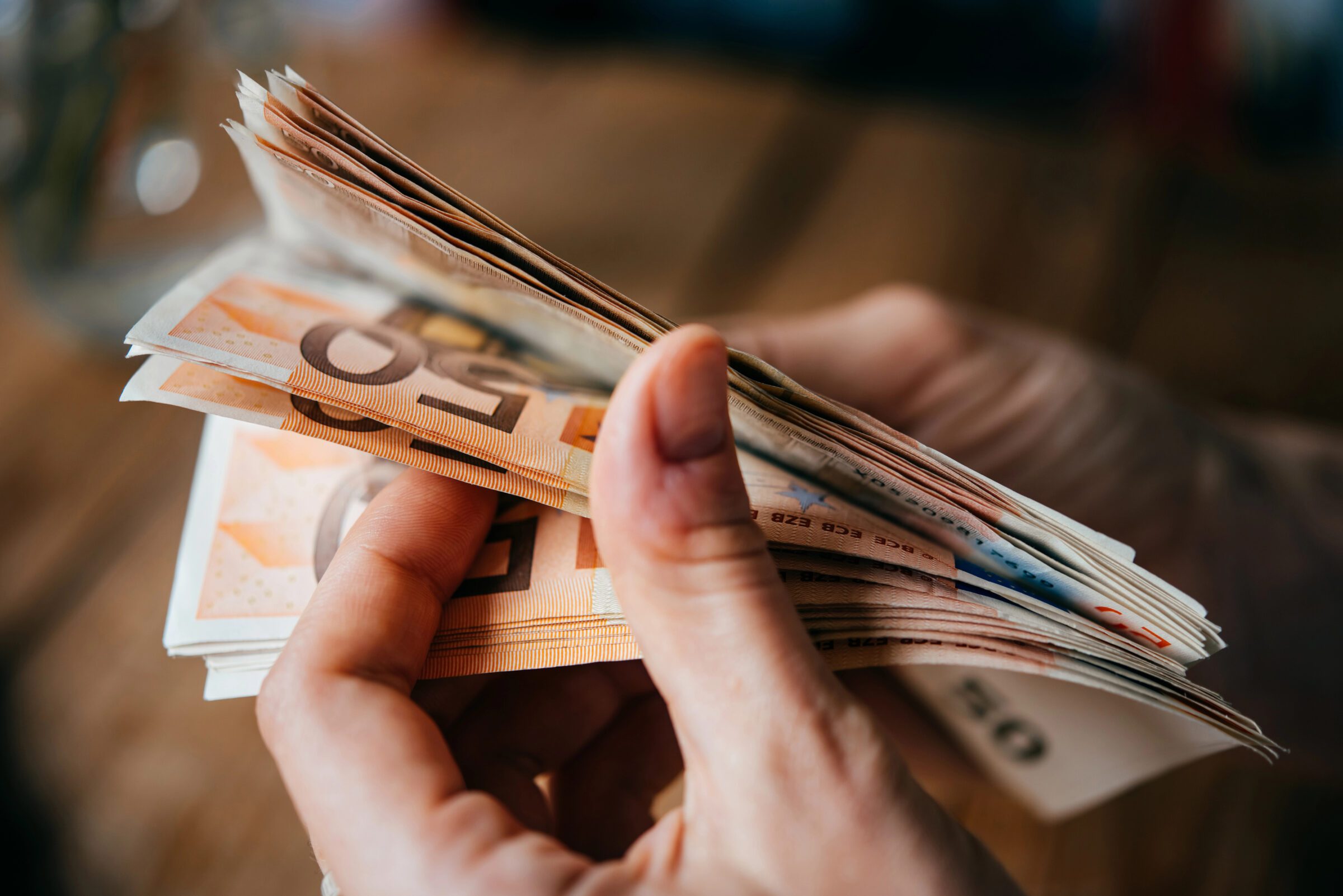
5. Understand Rules On Carrying Money Overseas And Through Borders
Customs forms love asking how much cash you’re carrying.
- Most countries set a limit (often around $10,000 AUD/USD).
- Carrying too much can mean delays or confiscation.
- Check the rules online through your destination’s embassy or consulate so you’re not sweating at the arrivals desk.
6. Research The Local Tipping Culture
Tipping can be awkward if you don’t know the rules (really awkward, I’ve been there).
- In the US, 15–20% is normal. In Japan, tipping is considered rude.
- Some countries add a service charge automatically—double tipping is not a “kindness,” it’s an “oops.”
- Google it before you go so you’re not fumbling for notes while everyone stares.

1-2 weeks prior to departure:
7. Notify Bank Of Travel Plans
Your bank loves to “protect” you by freezing your card mid-pizza purchase in Rome.
- Tell your bank and credit card providers where you’re going.
- Many allow you to do this online; others still make you call.
- Even if not required, do it anyway. It’s a good chance to confirm your contact details.
Always carry a backup card for those moments you may need to sort things out with your bank while overseas. It only takes a few minutes to inform your bank you’re going abroad or notify them of your overseas trip, but it can save hours of stress later.
8. Organise Online Banking Access
Internet and mobile banking can become your lifeline on the road.
- Set up access if you haven’t already via your banking app or website.
- You’ll need it to check balances, transfer money between your checking account and savings, pay bills, or report lost cards.
- ATMs overseas don’t always show balances, and even when they do, accounts are often listed without nicknames or in another language—so know which numbers link to chequing, savings, or other accounts before you go.
Hot tip: never use public computers for online banking unless you love identity theft.
9. Set Up For Secure Banking While Travelling
Think of it as giving your digital wallet a lock.
- Password-protect, two-factor authenticate or enable Face ID on all devices.
- Make sure your PINs are 4 digits and don’t start with zero, as some ATM’s don’t accept them.
- Memorise PINs. Don’t write them down on a Post-it stuck to your card (yes, I’ve seen it).
10. Know Your Card’s Capacities And Limits
Daily limits matter when you suddenly need €300 cash for train tickets.
- Check daily withdrawal and spending limits on all cards.
- Some banks let you adjust these for travel.
- Balance safety with practicality—lower limits protect you if stolen, higher limits stop you from being stranded.
Plan this before you’re the tourist at the ATM shaking your card like it’s broken.
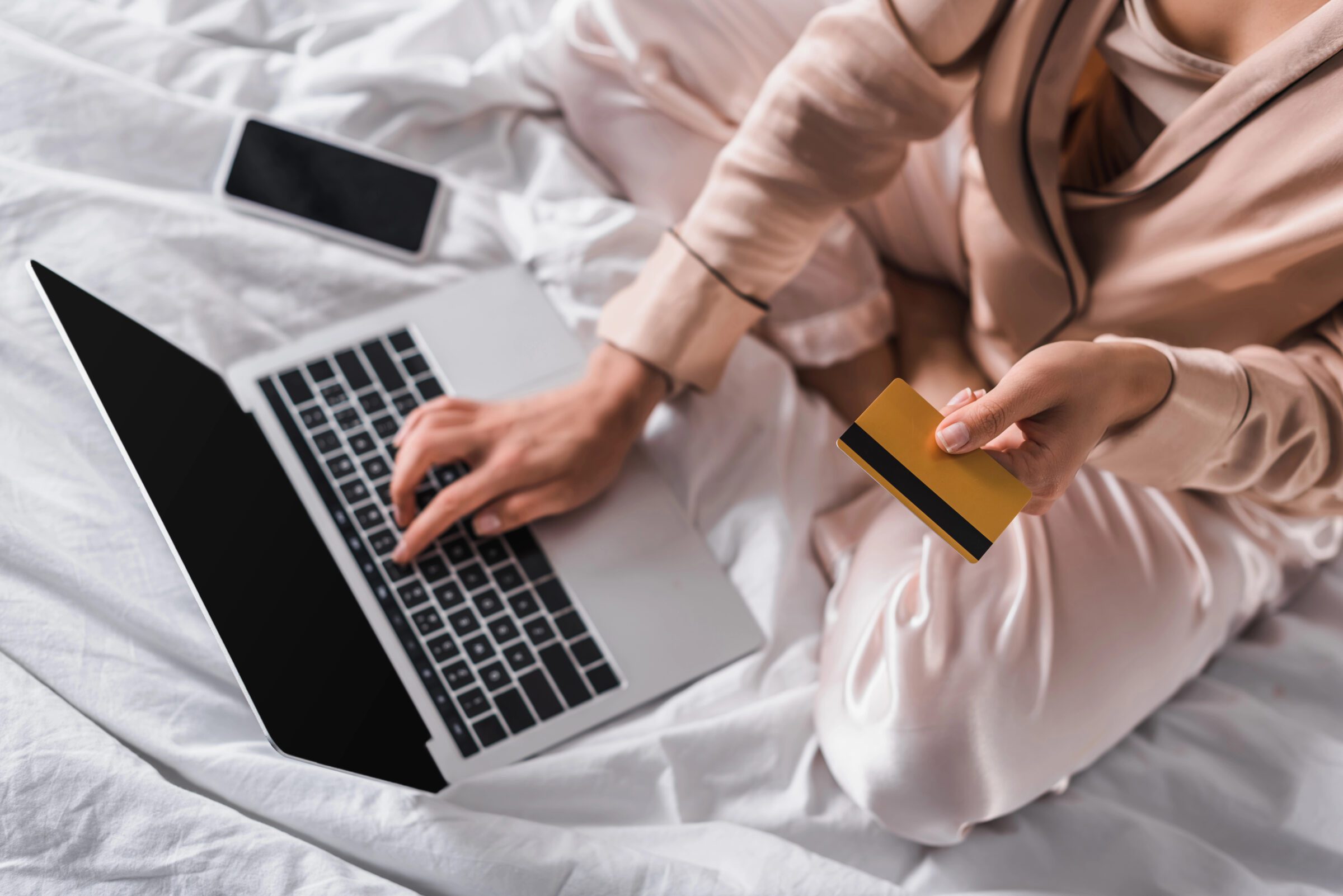
11. Have Your Bank’s Phone Number Handy
If your card gets swallowed by an ATM, you’ll want quick help.
- Register for phone banking before you go.
- Save both the international line and the general customer service number so you can reach help quickly.
Because trying to Google it without Wi-Fi? Not fun.
12. Pay Off Credit Card Balances
Free up space on your cards before you leave.
- Rental companies love putting big holds on cards.
- Pay off balances so you don’t max out mid-trip.
Nobody wants their ‘available balance’ eaten up by a hotel security deposit.
13. Establish ATM Networks
Know which ATMs won’t charge you a kidney to withdraw.
- Find out your bank’s network partners overseas.
- Stick to them to avoid out-of-network fees.
Even $3 per withdrawal adds up when you’re grabbing ice cream daily for four kids.
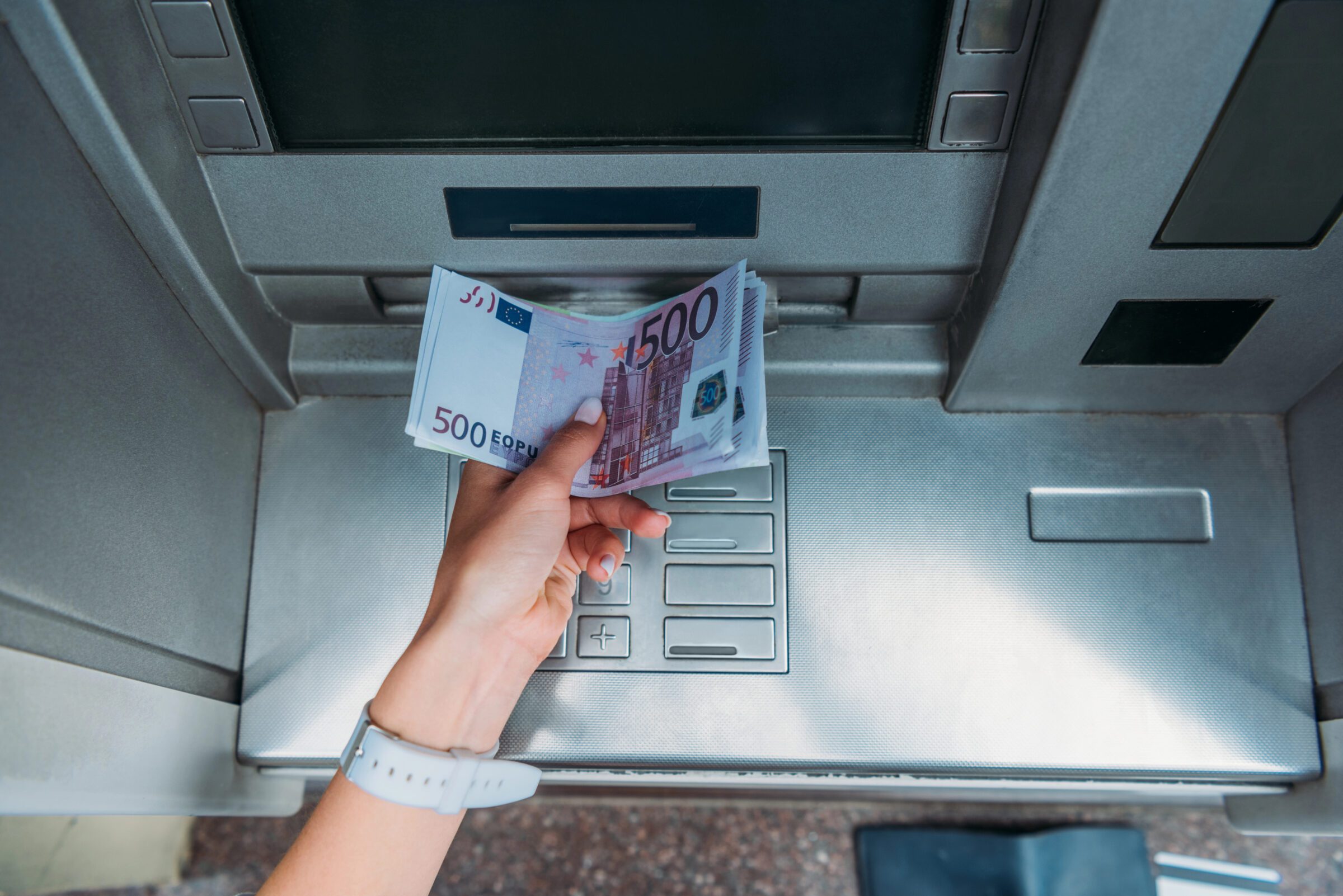
14. Automate Your Bills And Regular Payments
Bills don’t stop just because you’re whizzing down a rollercoaster at Disneyland.
- Set up direct debits or pay early.
- Prepay where you can to avoid late fees.
It’ll be nice not to have to log in on dodgy Wi-Fi at 11pm to pay that electricity bill you forgot about that’s due tomorrow.
15. Confirm Or Purchase Travel Insurance And Understand Your Benefits
If you do nothing else—do this.
- Travel insurance protects you from cancelled flights, lost luggage, and medical emergencies.
- Many policies also cover financial theft or card fraud.
- Read the fine print to understand limits, inclusions, and excess amounts.
Because the only thing worse than paying for insurance is not having it when you need it.
16. Download A Currency Converter App
Maths on holiday? Hard pass.
- Download a free app that converts currencies instantly.
- Get familiar with the local currency and exchange rate.
So you’ll know if that €7 gelato is a bargain… or daylight robbery.
17. Transfer Some Money From Your Travel Fund Into Your Spending Account
Get your travel savings ready to go.
- Move a portion of savings into the account linked to your card.
- Don’t move it all—spread it out in case of theft.
Think of it like snacks on a road trip: always keep some hidden in reserve.
And if you’re still working on building up that savings, I’ve got some realistic, family-focused strategies.
18. Finalise Your Travel Budget
Numbers aren’t glamorous, but they’re vital.
- What’s already paid?
- What’s left to cover?
- How much is for emergencies?
Travel budgeting isn’t sexy, I know, but it’s the backbone of smart travelling finance.
Once your budget is set, you’ll want to map out the bigger picture too. Check out my post on planning a family vacation for a simple guide that takes you from dream to done.

19. Establish How You Are Going To Track Your Travel Expenses
Decide how you’ll keep tabs on spending.
- Apps like TravelSpend.
- Old-school notebook.
- Spreadsheet on your laptop.
Whatever works—just pick one before you go.
20. Back Up All Necessary Financial Information
Prepare for “worst-case scenario” peace of mind.
- Photocopy or photograph cards, passports, and bank numbers.
- Save them securely to a USB or cloud folder.
- Keep a printed copy separate from your wallet.
If something gets stolen, you’ll be glad you did this.
21. Give A Copy Of Important Documents To Your Trusted Financial Contact
Pick one responsible adult back home to be your “just in case” person.
- Share copies of passports, insurance, and card details.
- Include your itinerary and emergency contacts.
- They don’t need your Netflix password—just the essentials.
That way, if something happens, someone else has your back.
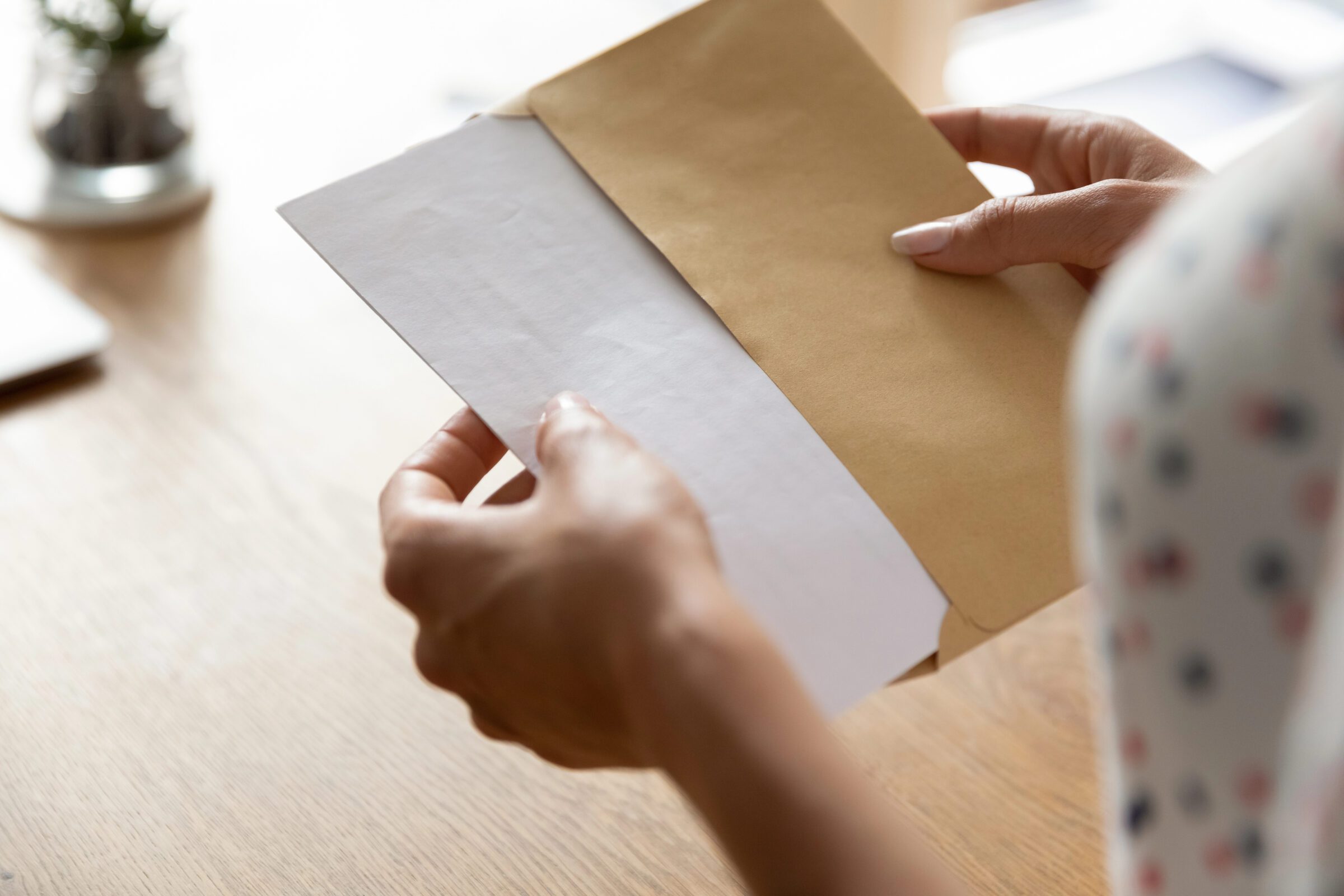
1 Day before departure:
22. Organise Your Wallet System
When you’re deciding what to take when travelling abroad, your wallet should be trimmed to the essentials. Pack the cards you wrote down back in Step 1, then streamline the rest.
- Keep only the essentials: an international fee-free credit card, a backup card, ID, and insurance card.
- Leave the loyalty cards (sorry FlyBuys) at home.
- Split cards between you and your partner so if one wallet goes missing, you’re not left stranded.
Less stuff in your wallet = less stuff to replace if it’s stolen.
23. Divide and Prepare Foreign Currency
Follow on from Step 4 and get your foreign cash travel-ready.
- Split your notes between wallets, money belts, and a hidden stash.
- Keep enough handy for visas on arrival, your first taxi, hotel check-in, or little emergencies along the way.
- The rest can stay tucked away until you need it.
That way, if one stash disappears, you’re not left cashless with hungry kids in tow.
24. Set-Up Hidden And On-Body Storage Options
Think safe and sneaky.
- Use a money belt, neck pouch, or hidden pocket for passports and cash.
- Always keep one form of ID on your body, not in your bag.
You’ll feel much calmer knowing the essentials are literally attached to you.
25. Prepare A Dummy Wallet
Optional, but clever in high-risk areas.
- Carry an old wallet with expired cards and a small amount of cash.
- If you’re targeted by pickpockets, hand that over.
It’s a decoy move that can save the real deal. And it would feel sooo cool knowing you just handed over a fake wallet if something like that did ever happen.
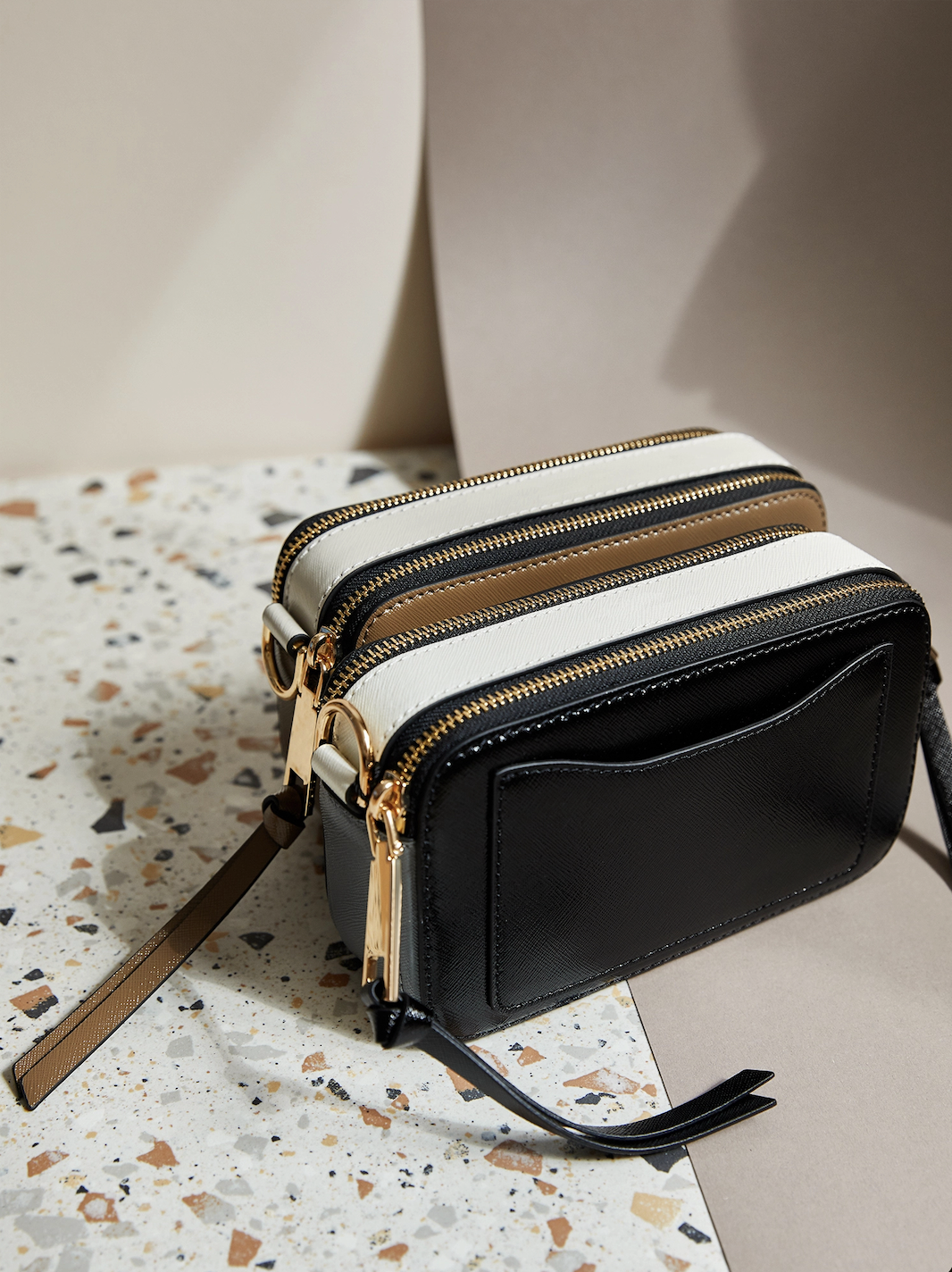
Financial Travel Checklist: During Trip
Managing money doesn’t stop once you hop on the plane. These on-the-go tips keep your budget in check, your cards safe, and your holiday running smoothly day by day.
26. Prepare Your Money System Each Morning For The Day Ahead
A little planning in the morning saves headaches later.
- Think about where you’ll be: markets usually mean cash, theme parks = cards.
- Keep small bills and coins handy for tips or street food.
- Leave large notes back at the hotel safe.
- Decide if today’s a “cash only” day to stick to budget, or a “card day” so you can track spending later.
Tipping culture counts too—don’t be caught fumbling for coins at a restaurant.
💡 House of Doust Real-Life Reminder
We once hit a local market with only large bills in hand. Bad move. The stallholder gave us the look when we handed over a €50 note for a €3 trinket. Since then, we always carry small notes and coins for markets, snacks, and tips — and leave the big bills back at the hotel safe.

27. Avoid Random ATM’s By Planning Ahead
Not all ATMs are created equal.
- Stick to well-lit, public ATM’s like banks or shopping centres.
- Avoid machines in tourist hotspots—they often charge higher fees.
- Locate ATMs in your bank’s network before you head out to save on charges.
- Always shield your PIN—no need for an audience while you type it in.
If an ATM looks sketchy, trust your gut and find another one.
28. Check Your Account Regularly
Make it a quick daily habit.
- Log in to make sure transactions look right.
- Spotting fraud early is easier than untangling it weeks later.
- You’ll also keep a handle on your budget—because €5 coffees add up fast.
A two-minute check could save you hundreds.
29. Bank Securely
Protect your money online like you protect your kids at a theme park.
- Avoid free public Wi-Fi for banking—hackers love it.
- Banking while traveling is safest when you avoid public Wi-Fi—use data or a VPN instead.
- Always log out after checking accounts.
Better safe than sorry when your whole trip budget is at stake.
Financial Travel Checklist: Post-Travel
The trip might be over, but your money still needs a little attention. These final steps help you wrap things up, avoid hidden transactions, and get ready for the next adventure (yes pls!).
30. Convert Any Leftover Cash
Don’t let spare coins rattle around in a drawer forever.
- Try to spend leftover cash before leaving—airport snacks are practically made for this.
- Exchanging money twice costs you in fees, so avoid coming back and exchanging foreign currency back into home currency if possible.
- But if you have got a large amount left, change it back at your bank when you get home.
A few coins make great souvenirs for the kids, but don’t keep a stash of $200.
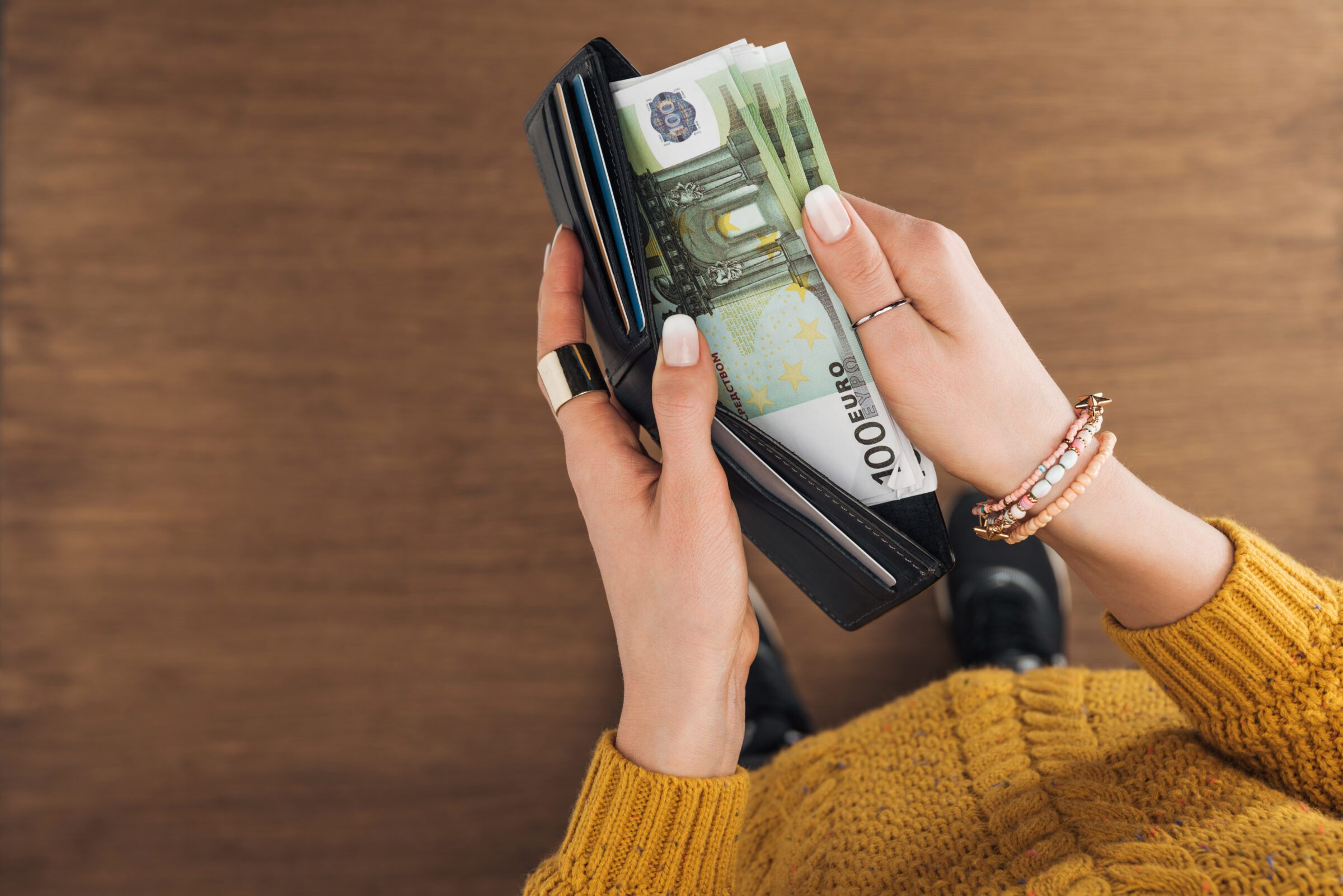
31. Pay Off Your Credit Card Balances
Time to tidy up the bills.
- Pay off what you charged during your trip to avoid interest.
- Clear the slate for your next adventure.
Because nothing says “welcome home” like a credit card statement.
32. Check On Your Account Transactions
Do a quick financial audit once you’re home.
- Look for any unfamiliar or duplicate charges.
- Follow up immediately with your bank if something looks wrong.
It’s easier to resolve issues now than six months later when you’ve forgotten what that €18 charge was for.
Printable Guide: The 32-Step Financial Travel Checklist
To make this process even easier, I’ve created a downloadable PDF of the complete financial travel checklist.
You can print it out to tick off as you go, or keep a digital copy on your phone, tablet, or laptop. It walks you through every step in order so nothing gets missed while you prepare for your overseas holiday.
👉 [Download your checklist now!]

FAQs
How Much Money Do You Need In The Bank To Travel?
How much money you need in the bank to travel depends on your destination, length of stay, and spending style. At minimum, you’ll want enough to cover flights, accommodation, daily expenses, and an emergency buffer. Many countries also require proof of funds for entry, so research your destination’s requirements before you go.
How Do You Financially Prepare For A Trip?
To financially prepare for a trip, start by setting a clear budget that includes flights, accommodation, food, activities, and an emergency fund. Pay off any credit card balances, organise travel insurance, and set up online banking. Automate your bills at home so you’re not worrying about payments while away.
How Do You Let the Bank Know You Are Travelling?
You let your bank know you are travelling by notifying them online, through your banking app, or by calling customer service. Provide your travel dates and destinations so they don’t freeze your card for suspicious activity. Always double-check your contact details are up-to-date in case they need to reach you.
What Should I Tell My Bank Before Travelling?
Before travelling, tell your bank where and when you’ll be overseas, and confirm your cards are activated for international use. Ask about withdrawal fees, daily limits, and whether they have ATM network partners abroad. It’s also smart to confirm your contact details so they can reach you in an emergency.
What Is The Maximum Amount Of Cash You Can Fly With?
The maximum amount of cash you can fly with varies by country. Many require you to declare amounts over $10,000 AUD/USD or the local equivalent. Carrying large sums isn’t recommended due to safety and fees. Always check customs and border rules for both your departure and arrival countries before travelling.
How Do You Stay Financially Stable While Traveling?
To stay financially stable while travelling, stick to your planned budget and track spending daily. Use a mix of cash and cards, and avoid unnecessary ATM fees by withdrawing larger amounts less often. Always keep an emergency buffer untouched, so you’re covered if plans change or unexpected costs arise.
How Should You Travel With Money?
You should travel with money by carrying a mix of payment options—such as one Visa, one Mastercard or debit card, and some local cash. Divide cards and cash between you and your partner, and keep backups in hidden storage. Use secure ATMs, pay with cards where possible, and always keep small notes for tips or markets.
Should I Use My Credit Card or Debit Card Overseas?
Credit cards are generally safer overseas because they often include fraud protection, travel insurance benefits, and don’t draw directly from your bank account. Debit cards are good for ATM withdrawals but can carry higher fees. A mix of both gives you flexibility and security.
Is It Better To Exchange Money Before I Travel or After?
It’s usually better to exchange some money before you travel so you have cash for immediate needs like taxis or food. Airport exchange counters are the worst for rates and fees, so avoid them. Once at your destination, use ATMs within your bank’s network for the best rates.
How Much Cash Should I Carry Day-To-Day?
How much cash to carry depends on where you’re travelling and the local culture. In cash-heavy destinations like markets or small towns, keep enough for daily food, tips, and transport. In card-friendly countries, a small amount of local currency is enough, and use cards for larger purchases.
Do I Need Travel Insurance for Money Matters?
Travel insurance can be helpful for covering lost or stolen money, cards, or documents. Many policies also cover fraudulent transactions and emergency costs if your funds are compromised. Read the fine print so you understand the limits and what you’ll need as proof for claims.
What Happens If I Lose All My Cards Overseas?
If you lose all your cards overseas, contact your bank immediately to block them and request replacements. Some banks can fast-track an emergency card or cash transfer to your location. Having copies of your card details and a trusted contact back home makes the process much easier.
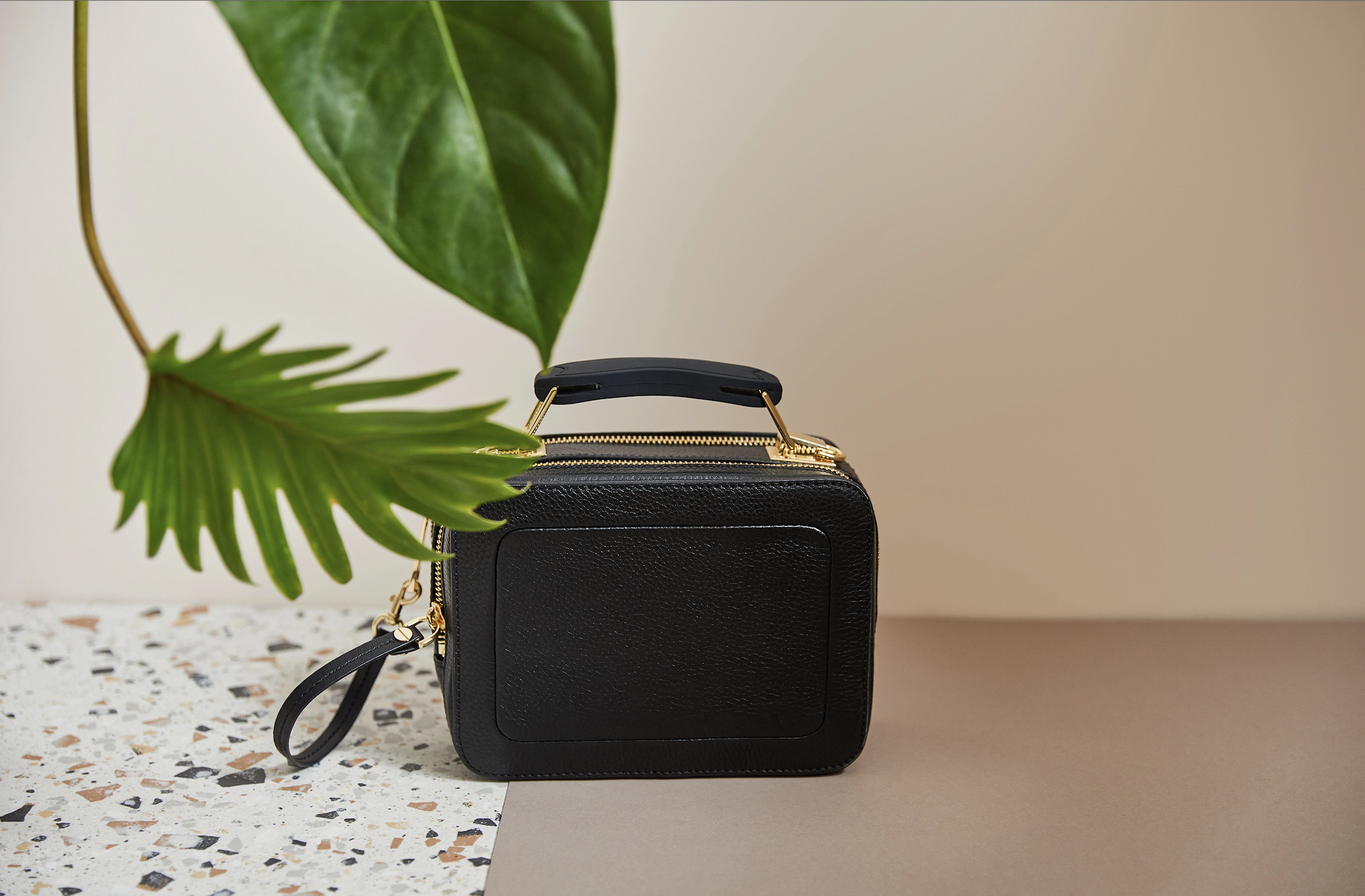
Wrapping It Up: The Complete Financial Travel Checklist
Managing money well can be the difference between a smooth holiday and a stressful one. This financial travel checklist takes the guesswork out of what to do before, during, and after your trip, so you can focus on the fun rather than the fees. With your finances sorted, you’ll travel with peace of mind knowing you’re prepared for anything.
Ready to take the next step? Check out my guide on how to create a family travel budget and start planning your next adventure with confidence.
📋 Tick the boxes, not your stress levels. Download your Financial Travel Checklist now.
Rachel Doust is the founder of House of Doust, where she shares practical tips on family travel and smart budgeting for parents who want meaningful adventures without financial stress. A mum of four and a lifelong traveller, Rachel has a heart for helping parents feel more confident about travel and money through honest advice, real-life experience, and easy-to-use resources. When she’s not on the road, she’s busy creating tools that make trip planning simpler for busy families.
love this post? share it!
